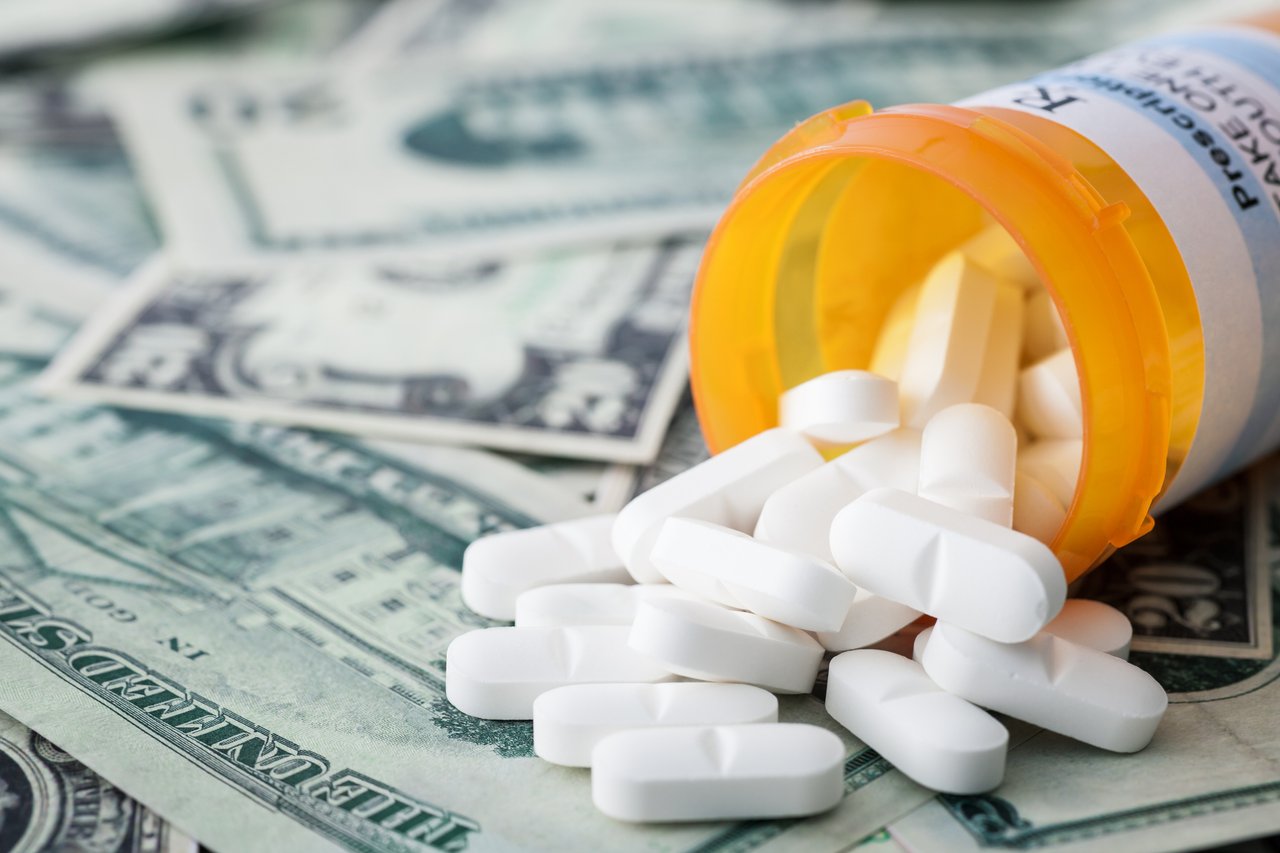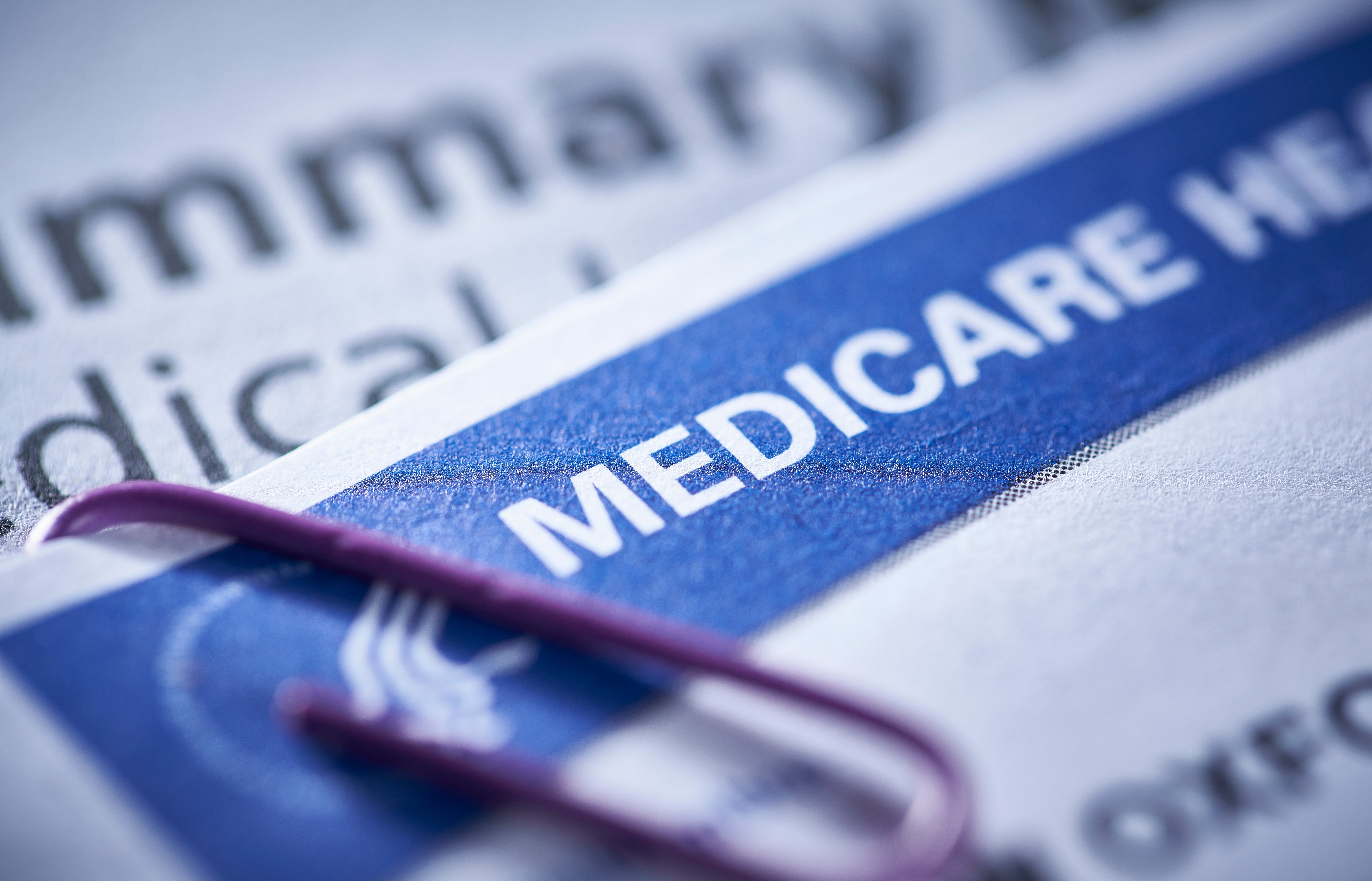Part 2 of 3: Breaking Down the Drugs and Dollars in the Medicare Drug Price Negotiation Program

As we looked at in Part 1 of our series there are going to be new mechanics around the reimbursement model to pharmacies, to carry out the newly negotiated MFP pricing.
For some drugs, this is big news and could greatly impact a pharmacy’s cash flow, even when handled well. For others, many pharmacies may not even notice.
We’ll dig in by first looking at a broad view of the drugs, and what it will likely look like to an “average” retail pharmacy. See the chart below:

As you can see, they are all common names, with the top six drugs having a high dollar volume due to their high usage by patients today.
- This one tops the charts in Outcomes stores as well as in CMS projections. Its high usage will make it important to keep an eye on, so that all payment are being received, otherwise cash flow could dwindle fast. Consider 30 day fills initially, until the payment process is ironed out. This one has a lower discount amount at 56%, meaning that the portion that the manufacturer will reimburse is lower by percent than the next few drugs we’ll look at.
- Jardiance, Farxiga, and Xarelto. Similar to Eliquis, as higher volume drugs these will be important to watch closely, and you may want to fill smaller amounts until the new process is predictable and adjusted to. These have a discount of 62-68%, so a greater portion of the total will be coming from the manufacturer on them.
- One point to mention here, is to be prepared for formulary changes. With Jardiance and Farxiga, the drug that began with a lower WAC remains the cheaper option; ie. Farxiga’s WAC is $27 less now, and its MFP will be $18 less than Jardiance. Not likely to disrupt formulary decisions. But Xarelto’s WAC has been $7 cheaper than Eliquis, and its MFP will be $34 cheaper- potentially tipping the cost-benefit calculations and reprioritizing it in PBM formularies.
- One point to mention here, is to be prepared for formulary changes. With Jardiance and Farxiga, the drug that began with a lower WAC remains the cheaper option; ie. Farxiga’s WAC is $27 less now, and its MFP will be $18 less than Jardiance. Not likely to disrupt formulary decisions. But Xarelto’s WAC has been $7 cheaper than Eliquis, and its MFP will be $34 cheaper- potentially tipping the cost-benefit calculations and reprioritizing it in PBM formularies.
- This drug is significant in price, based on 2024 pricing. But at the start of 2025, it took a 40% drop in price, and so it will be interesting to see where it lines up in 2026. In last month’s table Januvia topped the list with the largest discount as a percentage of its 2023 price, but with the large price drop this year, it falls right into a similar discount range (~65%), and at the new pricing, may not be as much of an issue to be concerned with.
- Similar to comments above, but at a lower volume, Entresto deserves attention at least until it is confirmed that Novartis has the process smoothly handled.
- Novolog and Fiasp. Pay close attention to days supply on these. At this stage, we don’t have enough information to know what quantity is covered for the $119, 30-day supply MFP. For that reason, it will be important to watch package sizes and even NDCs more than you already do, to make sure the claim is billed properly. Also interesting, Novolog took a large price decrease at the start of 2024, and the 10ml vials are already price UNDER the new MFP price. So it will be interesting to watch if days supply becomes problematic, or on the flip side, if maybe Fiasp takes a similar drop in WAC.
- Enbrel, Imbruvica, and Stelara. These specialty meds appear to have the lowest AVERAGE impact, which may be deceiving because they represent the highest dollar amounts PER FILL. If your pharmacy dispenses these, they may be more important than those listed above, due to the fact that just one fill could be worth 10 of the other top players. Also with these, watch for biosimilars. Stelara biosimilars have already been available for prices less than the MFP. Enbrel biosimilars have been approved, but held up by patent litigation. Perhaps we will see the biosim options gain more traction in the Medicare populations as a result.
Registering is the First Step in Collecting Your Reimbursements
Starting in June, every store will need to register with a Medicare Transaction Facilitator Data Module (MTF-DM). This will be the first step to ensure that these claims and payments are reaching you as they should, and more info will likely be coming as the summer and fall progress.
Understanding the Potential Impact for You
Another step you can take now, is to run the reports that tell you what your current dispensing volume of these drugs is to Medicare patients. There is a new report in your Outcomes Reports section for Rx30 customers. If you need any help running these, reach out to your customer success manager, or feel free to email indexinfo@outcomes.com and we can help you get the right info.
What Else Should Be Done to Prepare for This?
In part 3, we’ll take a look at more of the pharmacy specific steps, and broader business concepts, that should be looked at to make sure you’re prepared and ready. Some ideas will be simple, and other strategies may take more time to implement, so stay tuned!





